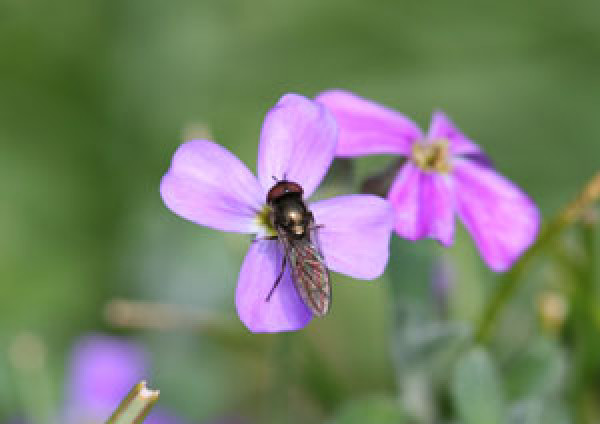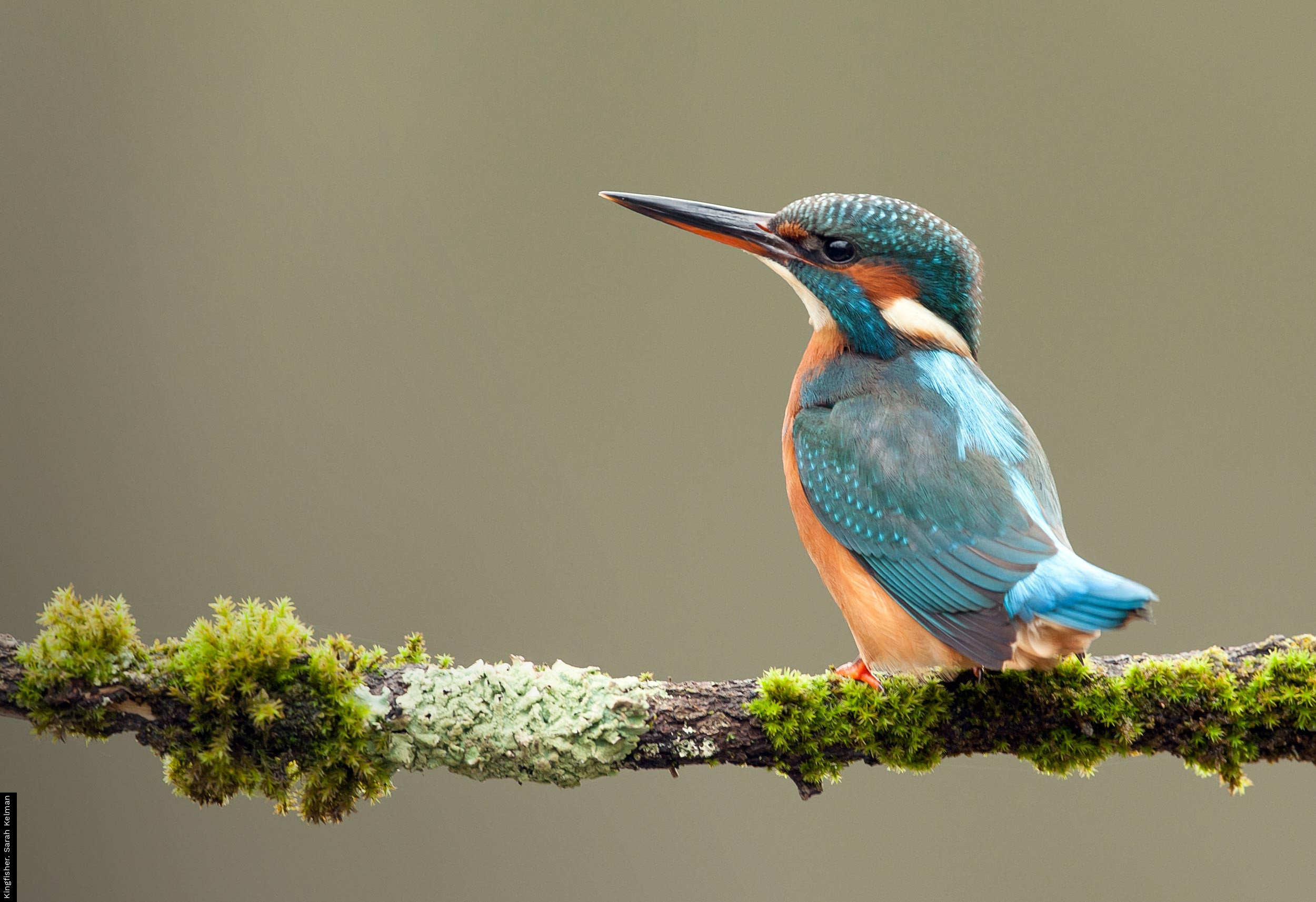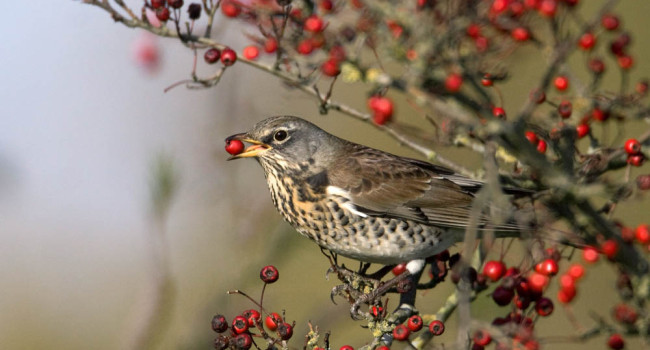Attracting invertebrates

One of the keys to maintaining a garden that is attractive to a wide range of insects and other invertebrates is the provision of pollen and nectar across as much of the year as possible. Fortunately, plants do not all flower at the same time; this means that the annual sequence of flowering times can be used as the basis for selecting particular plants for your garden. Do not equate flower size with value, since a big showy flower does not necessarily offer more rewards to a visiting insect than one that is much smaller and less showy. The small flowers of Holly on show in late spring are extremely well used by insects. Blossom is important for insects and other invertebrates, providing both nectar and pollen. Nectar is a sugar-based solution which provides a ready source of the carbohydrates needed to fuel insect flight. Pollen, which is rich in protein, is thought to be important for the production of insect eggs.
Flower form will influence the suitability of a plant for particular insects, with some nectar sources only available to those insects with particularly long tongues. Some plant cultivars provide little in the way of accessible nectar so it is important to select plants carefully, using lists of those known to be accessible to particular species. As a general rule, native species will tend to support nectar feeders better than introduced species. However, there are some really valuable introduced plants that either deliver large quantities of nectar or provide it during that part of the year when other sources of nectar are in short supply.
Some tips on how to help
- Pesticides: Avoid using pesticides in the garden. The use of insecticides, molluscicides and herbicides to target a particular problem will inevitably have a knock-on impact on non-target plants and animals. As we have seen in other sections of the book, there are ways to manage pest and disease issues without the need to resort to chemicals.
- Feeding opportunities: The range of food sources used by invertebrates is as diverse as the range of invertebrates itself. Whole communities may be dependent upon the thatch in your lawn, the decaying pile of wood by your shed or the bark mulch on your flowerbed. Maximise invertebrate diversity by increasing the number of microhabitats within your garden.
- Shelter: It is not just log piles that provide shelter; leaving dead flowerheads in situ through the winter months will provide overwintering opportunities for many invertebrates, as will leaving fallen leaves and timber. The key is not to be too tidy-minded. You can also provide new opportunities by building or buying shelters. Some of the best are simple contructions of hollow canes held together in a bundle and placed in suitable sheltered parts of the garden.
- Breeding sites: Again, a diversity of microhabitats should provide suitable breeding sites for a range of species. You can also provide opportunities for particular species, perhaps by investing in a mason bee nesting kit. Positioned in a warm, south-facing location such kits can prove very successful. Bumblebee nesting boxes on the other hand have a very low success rate.






Share this page